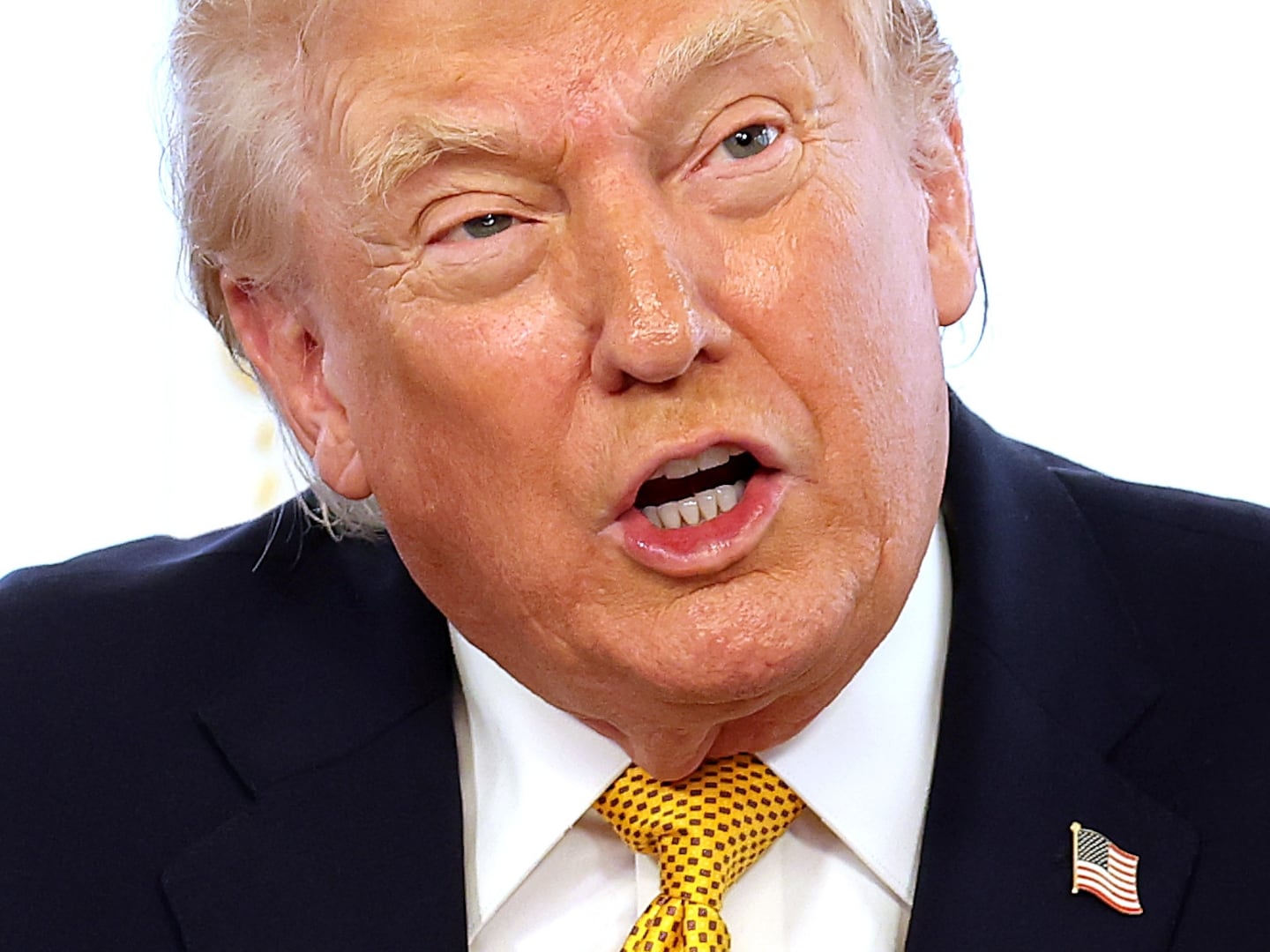
The health-care reform bill that passed the House of Representatives late Saturday night is far from a perfect bill. In fact, the over-the-top rhetoric of the Republican opposition (Rep. Mike Pence went so far during the debate as to claim that passage would represent a repudiation of the American Revolution) tended to obscure the fact that it’s a relatively modest measure that would leave most people’s health care basically the same. Still, it represents a titanic step forward. Many presidents, from Harry Truman to Richard Nixon to Bill Clinton, have sought to create a universal health-care system in the United States. None of them have so much as persuaded Congress to bring a bill to the floor for a vote. Saturday night, one house of Congress not only voted, it voted yes.
The sticking point for health care is not likely to be the much-hyped debate over the creation of a “public option” but rather the banal issue of revenue.
Nevertheless, health-care reform is hardly out of the woods. Several months ago, after all, the House of Representatives passed the American Clean Energy and Security Act of 2009, Henry Waxman’s historic cap and trade bill that would, if signed into law, be the most important piece of environmental legislation in the history of the world. But of course it hasn’t been signed into law. Instead, we’re waiting to see what the United States Senate will do.
With health care, it seems fairly likely that the Senate will, in the end, pass a comprehensive reform measure. But even if that happens, Democratic leaders will then face the challenging task of reconciling the House and Senate versions of health-care legislation. The sticking point here is not likely to be the much-hyped debate over the creation of a “public option” but rather the banal issue of revenue. Both the House and the Senate leadership are determined to finance health-care reform in a fiscally responsible, deficit-reducing way. That means a combination of savings from Medicare and new taxes. Hundreds of billions of dollars in new taxes—the inevitable fly in the ointment of any big new liberal idea.
And the House and Senate ideas about where to get the money are extremely different. The House bill raises the funds, in essence, by soaking the rich—imposing a 5.4 percent tax on the incomes of individuals earning in excess of $500,000 or couples earning more than $1 million. The Senate’s approach is quite different. Right now, income that’s received in the form of employer-sponsored health insurance, unlike other kinds of fringe benefits your employer might give you, doesn’t count as income for tax purposes. The Senate would phase that tax exemption out over time, initially by subjecting rare, high-value, so-called Cadillac plans to taxation. In other words, the relatively small number of Americans who have health plans worth more than $8,000 for an individual or $21,000 for a family would need to pay taxes on their health insurance. But those thresholds would be indexed to the rate of overall inflation, not to the rate at which health-care costs grow, meaning that more and more people could be affected over time.
• Paul Begala: Forget Bipartisanship• Sally Denton: Next Stop, the Senate• Conor Friedersdorf: The Holes in Health ReformThe virtue of the House’s approach is that it’s egalitarian, and it sticks to the president’s campaign promise to eschew any form of tax increase on the middle class. The Senate idea is also egalitarian overall—most of the people with extremely valuable insurance plans are people with high incomes. But it would bite some middle-class families in the short run, and a larger swath of the middle class in the long run. This is actually also the virtue of the plan. Most economists believe that the tax exemption for health insurance distorts decision-making and drives up health-care costs.
The merits of the two approaches aside, the work of a political compromise will be extremely difficult. The House’s approach seems to have almost no support in the Senate, and wasn’t even seriously considered by members of the Senate Finance Committee. Conversely, the Senate’s approach is opposed by labor unions, and over 150 House Democrats have signed a letter saying they also oppose it. The party leadership, simply put, has very little margin for error when it comes to trying to sort this issue out. A handful of defections from the 219 Democrats who voted in favor of reform last night could probably be made up, but not much more than a handful. And in the Senate, it essentially required Democratic unanimity to pass bills in the face of routine filibustering and solid GOP opposition.
There hasn’t been much rancor around this issue, simply because it hasn’t been in the public view. But it will be soon. How can health-care reform pass if it’s financed by a mechanism that key moderate senators have dubbed a “non-starter?” Alternatively, how can you imagine a universal health-care bill passing with no Republican support over the opposition of the AFL-CIO? Comprehensive health-care reform is closer than ever to happening, but it’s still far from obvious that it will happen.
Matthew Yglesias is a fellow at the Center for American Progress Action Fund. He is the author of Heads in the Sand: How the Republicans Screw Up Foreign Policy and Foreign Policy Screws Up the Democrats.






